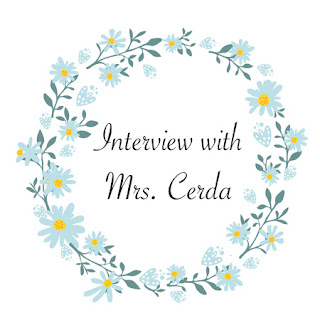Me: As an ECSE what is one struggle you find when teaching?
Mrs. Cerda: One thing I struggle with is trying to incorporate goals and objective that are unique to each of the children’s IEP. This year with covid it has been more difficult since all my 3–5-year-olds are in one class rather than being split into two. This makes it even more difficult for everyone in the class due to there not being enough structure for the kids who are ready to transition to kinder, and those who’s this is their first time being in a classroom setting. Along with this, they are in a classroom for 6 hours, which is longer than they can handle, we see behavior issues increase throughout the day because of this.
Me: How do you support ESL students who may be introduced to your class?
Mrs. Cerda: Working with children with special needs requires a lot of professionals to work with that one induvial. SLP’s, PTs, OTs, come in the classroom and go all the time. Maintaining close communication with them is very important to be in contact with the accomplishment of each child. As an ECSE, I am with the children longer than they are, which is why it is also important I understand the roles of every professional and understand how I can help my students in the classroom even when the other professionals are not there. Supporting ESL students is sometimes more of an SLP job. Differentiating between a student not knowing the content and not understanding it because it is in a different language is what makes the difference. Being able to assess the children in their own language is something that we do to help students and define where they are developmentally. Additionally, in the classroom we use the Picture Exchange Communication System (PECS) intervention to help our students communicate with us.
Me: Can you describe your biggest success in working with ESL students?
Mrs. Cerda: The biggest success is being able to transition our ESL learning students to kinder with the minimum number of minutes possible.
Me: What is a strategy that works well for you when teaching? Can you explain why this works best?
Mrs. Cerda: A strategy that works well is using PECS when transitioning in the classroom. Using this intervention, the students can see visually what is coming first, second, last. This allows for smoother transitions and less behavior issues.

Comments